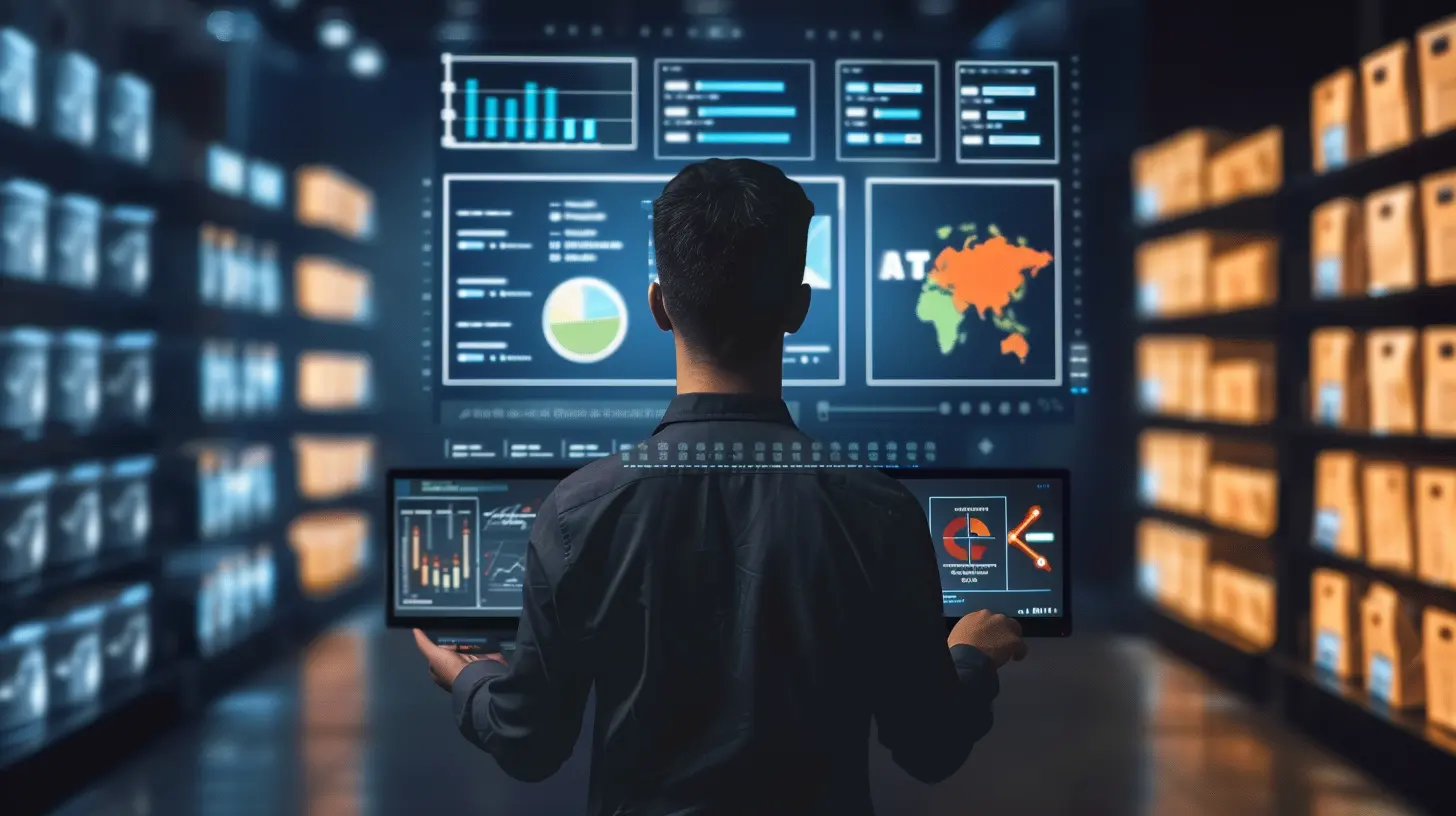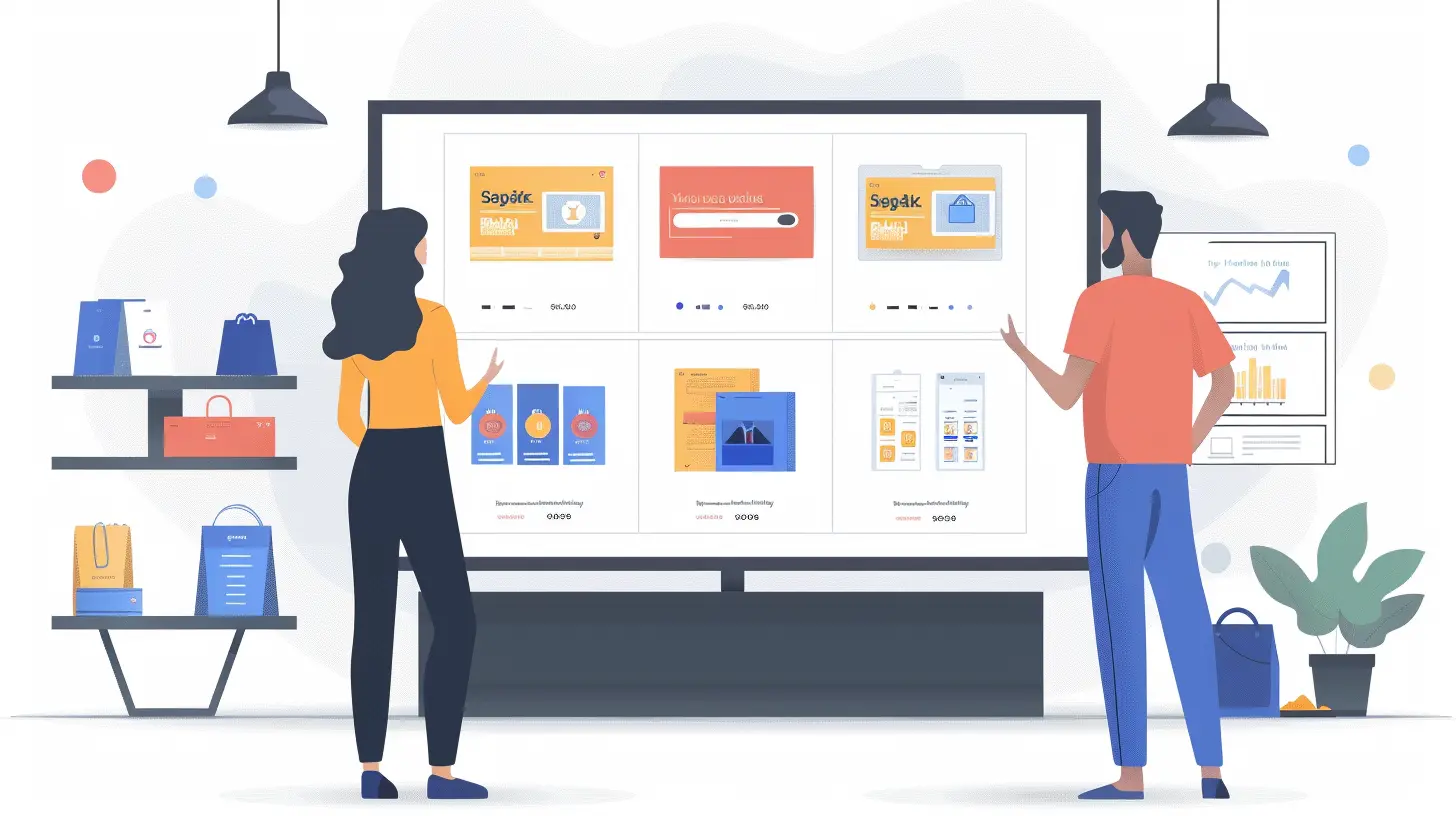How to Use Data Analytics to Predict Retail Trends
23 November 2025
Ever wished you had a crystal ball that could tell you what customers will want next season? Well, you kind of do—it's called data analytics! In today's fast-paced retail world, businesses can't afford to rely on guesswork anymore. Instead, they leverage data to predict trends, optimize inventory, and enhance customer experiences.
But how does that work exactly? And how can you use data analytics to stay ahead of the competition? Buckle up, because we're about to dive into everything you need to know! 
🔍 The Role of Data Analytics in Retail
Retailers generate mountains of data every single day—from in-store transactions to website clicks, social media interactions, and even weather patterns. All of this data has the potential to reveal shopping trends before they go mainstream.Retail data analytics helps businesses identify customer preferences, optimize pricing strategies, and anticipate demand, all while improving overall efficiency. Sounds like magic, right? But it's pure science—well, data science, to be exact!
Why Does It Matter?
Here’s the deal: If you know what shoppers want before they do, you can stock the right products, craft better marketing campaigns, and even reduce waste. It’s like knowing the winning lottery numbers ahead of time—except, instead of cash, you're winning customers.Now, let’s break things down and see how you can actually use data analytics to predict retail trends. 
📊 5 Key Data Sources for Predicting Retail Trends
Before you can predict trends, you need data—the more, the better. But not all data is created equal. Some sources are absolute goldmines, while others are just noise. Here are five major data sources that can help you gain real insights:1. Sales Data
Your sales data is an obvious starting point. What products are flying off the shelves? Are there seasonal spikes? By analyzing past purchasing behaviors, you can spot patterns and forecast future demand.🛍️ Example: If you notice that sales of cozy blankets spike every October, you might want to stock up before fall rolls around again.
2. Customer Behavior Analytics
Understanding how shoppers interact with your store or website is like reading their minds. Consider tracking things like:- Website click-through rates
- Time spent on product pages
- Cart abandonment rates
- Purchase frequency
🛒 Example: If a large percentage of customers consistently abandon their carts before checkout, you might need to tweak your pricing strategy or offer better discounts.
3. Social Media & Online Conversations
Social media is where trends are born! By monitoring platforms like Instagram, TikTok, and Twitter, you can spot emerging trends before they go mainstream.📱 Example: If you notice influencers raving about a new type of skincare product, there's a good chance demand will skyrocket soon.
4. Competitor Data
If your competitors are suddenly pushing a specific product, there’s probably a reason. Keeping an eye on their pricing, promotions, and customer interactions can give you valuable clues.👀 Example: If a rival brand suddenly starts marketing eco-friendly packaging, they might know something about a growing sustainability trend.
5. External Factors (Weather, Economy, Global Events)
Believe it or not, things like weather forecasts and economic reports can help predict sales trends.☀️ Example: If a heatwave is expected, stores might see an increase in demand for cool drinks, sunscreen, and air conditioners. Smart retailers prepare accordingly! 
🔮 How To Use Data Analytics to Predict Retail Trends
Now that you know where to find data, let’s talk about what to do with it. Data analytics involves collecting, processing, and interpreting that data to make smart business decisions.1. Identify Patterns with Historical Data
The past is often the best predictor of the future. By looking at historical sales data, you can identify recurring trends and seasonal demand spikes.📅 Example: If swimwear sales increase every June, you’ll know to launch your summer collection early enough to maximize sales.
2. Leverage AI & Machine Learning
Humans can only process so much data, but AI and machine learning take things to another level. These technologies can detect patterns you might miss and provide predictive insights.🤖 Example: AI-powered tools can analyze millions of transactions and forecast demand for specific products in different locations.
3. Use Predictive Analytics for Inventory Management
Overstocking leads to losses, and understocking means missed sales. Predictive analytics helps retailers maintain the perfect balance.📦 Example: If historical data suggests that demand for winter boots peaks in November, your inventory system can automatically reorder them in October to avoid shortages.
4. Analyze Customer Sentiment
What people say about your products matters just as much as what they buy. Sentiment analysis tools scan online reviews, social media, and customer surveys to determine if the buzz around a product is positive or negative.🗣️ Example: If people rave about a new product, it’s wise to stock up before demand shoots up. If a product has bad reviews, consider improving or discontinuing it.
5. A/B Testing for Marketing Campaigns
Data analytics helps refine marketing efforts by running A/B tests on different promotions, ads, and emails to see which ones perform best.📧 Example: If you send out two email subject lines—"50% Off Sale!" and "Huge Savings Inside!"—data analytics tells you which one led to more clicks and conversions. 
🚀 Real-World Examples of Trend Prediction in Retail
Let’s take a look at some major companies using data analytics to stay ahead of retail trends.Amazon: King of Personalized Shopping
Amazon analyzes browsing history, purchase behavior, and search queries to recommend products before you even realize you need them. Their predictive analytics ensures they’re always stocked with trending items.Zara: Smart Inventory Planning
Fast-fashion giant Zara uses data analytics to track real-time sales and adjust stock levels dynamically. If a particular jacket is flying off the racks in New York, they’ll instantly increase production for other locations.Spotify: Data-Driven Curation
Yes, it’s not retail in the traditional sense, but Spotify’s ability to predict what songs you’ll love is a perfect example of data analytics in action. Retailers can use a similar approach to recommend products based on past purchases.🏆 Wrapping It Up: The Future of Retail Belongs to Data
Data analytics is the ultimate game-changer in retail. It takes the guesswork out of trend predictions and replaces it with real insights that drive smarter decisions. Businesses that harness data analytics effectively will always stay ahead of the curve, while those that don’t will struggle to keep up.So, are you ready to embrace data and predict retail trends like a pro? Start leveraging sales data, customer behavior, and AI-powered insights today—because in this data-driven world, informed decisions are winning decisions!
all images in this post were generated using AI tools
Category:
RetailAuthor:

Amara Acevedo

